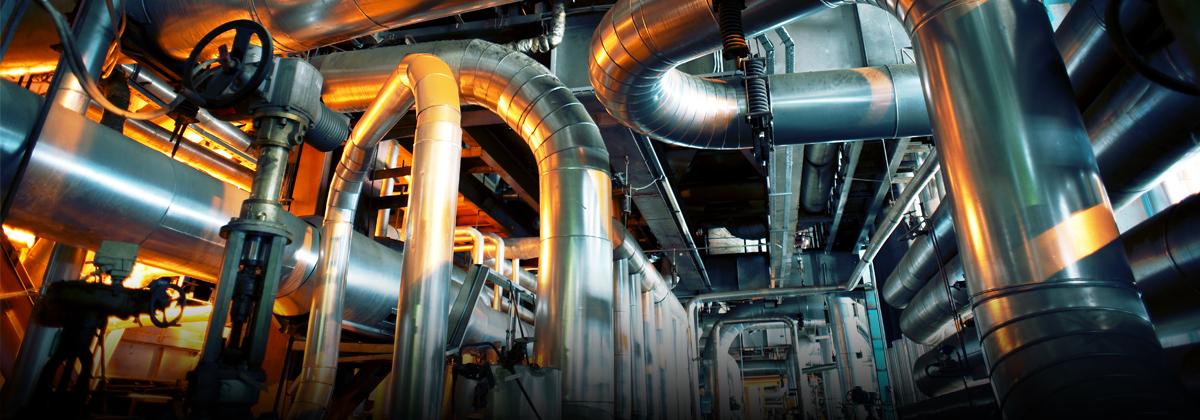Richard Jeffers, Managing Director for RS Industria at RS, explains how to identify a critical backlog and develop a restoration strategy supporting Maintenance, Repair and Operations (MRO)
A crucial element of any effective maintenance capability is an accurate knowledge of any maintenance backlog and how to quantify the impact it has on your ability to offer the asset owner the right capability from the assets. By understanding cost and risk you can engage in meaningful discussions about budgets to restore or replace degraded assets.
What is the critical maintenance backlog?
The aim of maintenance is to ensure that fixed assets deliver the functional capability required by the asset owner, preferably at the level they delivered when they were first installed or procured. If the functional capability has degraded below this level, that represents a maintenance backlog. This can be explained through a simple example: if we procured a pump to deliver 10m3 of flow per hour at 5 bar, but it can now only achieve a flow of 8m3 per hour at 4 bar, then we have a maintenance backlog. This backlog becomes critical when it impacts the overall output of the production facility. If the pump above feeds a header tank which in turn feeds a process requiring 7m3 per hour, then the backlog is not critical. If it feeds a fire suppression system rated at 9.5m3 per hour at a pressure of 4.5 bar – it’s critical.
To address the maintenance backlog, we need to restore the asset to its basic conditions. Attempting to apply Continuous Improvement (CI) tools before this has been done is worthless: technical restoration is required first.
Identifying the critical backlog
The scale of the maintenance backlog can be daunting to the incoming engineering manager of a legacy site. It can also be difficult to have a consistent view of which elements of degradation are critical, rather than nice to have. Clear guidelines in this situation are imperative – and a manageable process to tackle all the necessary steps one at a time. A typical approach would be:
- Form a team to analyse the assets – Many heads are better than one for this form of complex analysis. Aim to build a multi-dimensional team, so as well as maintenance input, include operational, quality and financial input in the analysis. This will ensure a better analysis and better stakeholder engagement when you start to request funds.
- Consolidate a ‘good enough’ asset register – Many legacy sites have, at best, an incomplete asset register. A reasonable, though not perfect, asset register is necessary to understand the scale of the problem. All the way through this process, focus should be on ‘good enough’, after all, we’re maintenance engineers who work in an imperfect world. Collate the information at major asset level: you can drop down to assembly and sub-assembly level at a later pass through the analysis.
- Complete a critical analysis of the asset base – There are many tools and flowcharts on the internet to assist in this. You are looking for a simple process that allows you to apply professional judgement to build a quantitative assessment of asset criticality using agreed criteria. A typical criticality analysis will score assets on safety, environment, quality, working time, breakdown frequency and breakdown consequences to give a high, medium and low-criticality rating. From this point on, you focus on high-criticality assets only.
- Detailed analysis of the critical assets – At this point, you are starting to analyse all the available data on the assets to understand what it should do, and what it can do. The team should consider:
- Operating context – what does the asset owner want from it?
- OEM surveys
- Breakdown records
- Root cause failure analysis involving the asset
- Known improvement plans
- Operator and maintainer knowledge
- Any other relevant data
- Review the outputs and generate a risk profile – Once the original and current operating contexts are understood, then the current gap can be quantified. This will never be an exact science, but an indicative risk profile can now start to be assigned to the asset in terms of the impact of the degradation. The more this can be translated into business language (impact on the profit and loss) the easier subsequent requests for funding become.
- Develop a restoration strategy – A number of choices are available here, ranging from replacement or full restoration through to partial regeneration or acceptance of the degraded capability. Whichever solution is recommended, it needs to relate to the risk profile identified above.
- Activate and execute the restoration strategy – Start tackling the critical restoration with your existing maintenance budget. Don’t wait until you have all the available data. If you can demonstrate value to the stakeholders in your existing budget, you’ll find it a lot easier to secure additional funds.
Making the case for extra investment
All too often, engineers couch requests for additional funding for restoration in black and white terms: “I need additional funds for maintenance or the asset will fail.” The reality is that few assets fail catastrophically: they degrade. Since the impact of the degradation is not understood or communicated, the request for additional funds is often refused. When the asset doesn’t then fail, the view that maintenance just wants more money for no reason is reinforced, which leads to a mind-set in the business that maintenance can be deferred or ignored indefinitely.
By turning restoration into a risk-based discussion, there is a much higher likelihood of securing funds for replacement or regeneration.





